US: 25 Goldsmith St, Greenville, SC 29609
Export Smarter: Unlock Grants That Cover Most of Your Costs
Jonathan Gardner • August 19, 2025
Expanding internationally to new countries like Vietnam can feel daunting. The costs — travel, marketing, tariffs, freight — add up quickly, and many businesses assume exporting is out of reach.
Here’s the good news: the U.S. government wants small and mid-sized companies to go global. In fact, there are multiple grant programs funded by national and state governments that in some cases, can cover up to 75% of your export-related expenses.
Welcome to The Value Chain Advantage. Each week, I share hard-earned strategies to help ambitious companies unlock clarity, protect margin, and scale without chaos. From sourcing to sales, procurement to planning, this newsletter is for founders, revenue leaders, and operators working to strengthen every link in their value chain.
Curious about how programs like the State Trade Expansion Program (STEP) or the Market Access Program (MAP) can help supplement your expansion? Keep reading to find out how to make exporting cheaper!
The Real Costs of Exporting (and Why Grants Matter)
When thinking about expanding your business into foreign countries, costs like labor, transportation, tariffs, labeling, exchange rates, and compliance all come into play. Plus, costs vary from country to country due to fluctuating tariff deals and other factors.
For any sized business, those numbers can add up quickly.
That’s why national and state governments created export assistance programs. These aren’t just “nice to have,” they can be the difference between staying domestic and successfully entering a new market.
Key Programs That Can Help
Export assistance programs can reimburse a variety of expenses like travel, marketing, sample, advertising, and freight, along with helping businesses gain more exposure through trade shows.
Here are the most impactful programs available today:
1.State Trade Expansion Program (STEP)
The STEP program awards U.S. states and territories with funding that can be used to provide grants to smaller businesses in order to support international growth.
STEP helps small businesses by:
- Teaching them how to export
- Providing opportunities to participate in foreign trade missions and trade show exhibits
- Paying for subscriptions provided by the U.S. Department of Commerce and other national agencies
- Designing international market campaigns
2. Market Access Program (MAP)
The MAP program is similar to the STEP grant, but it deals more directly with companies and businesses. “MAP reaches virtually every corner of the globe, helping build markets for a wide variety of U.S. farm and food products” (fas.usda.gov).
- Consumer advertising opportunities
- Public relations support
- Point of sale demonstrations
- Participation in trade fairs
- Market research and technical assistance
- Note about MAP: participants have to contribute a minimum 10% match for generic marketing, along with a dollar-for-dollar match for the promotion of branded products.
Note about MAP: participants have to contribute a minimum 10% match for generic marketing, along with a dollar-for-dollar match for the promotion of branded products.
3. Western U.S. Agricultural Trade Association (WUSATA)
The WUSATA program aims at providing funds for 13 Western State Departments of Agriculture, along with the western territories of Guam and the Northern Mariana Islands.
As well as offering educational resources on how to expand and market, WUSATA offers a service called “FundMatch” which provides a 50% cost reimbursement for international marketing related to food and agriculture suppliers in these states.
- Minimum budget requirement is $5,000 for a $2,500 reimbursement
- The annual cap for this funding is $300,000
4. Southern United States Trade Association (SUSTA)
Similar to WUSATA, the SUSTA provides funding for food, beverage, and agriculture related companies in 14 southern states and Puerto Rico. The program offers a 50% cost share that reimburses eligible businesses for multitude of international trade related expenses
Some of these expenses covered are:
- Advertising
- Packaging labels
- In-store displays and demonstrations
- Point of sale materials
- Travel expenses
- Freight and shipping
- Temporary labor wages
5. Food Export-Midwest and Food Export-Northeast
The Food Export-Midwest and Food Export-Northeast programs aim at helping 23 Midwestern and Northeastern states and have a number of services related to education and promotion of small businesses into the international trade market.
Some of these services include:
- Exporter education
- Market Entry
- Market Promotion
- Online learning
- Cost-share funding
- Consultation
Why Companies Miss Out:
Despite the benefits, many companies never apply. Why?
- The programs are hard to find
- Applications can be confusing
- Eligibility requirements vary by region and product
As a result, countless businesses leave money on the table and delay their international growth.
From Insight to Action
If you’re curious about these programs, here’s where to begin:
- Check your fit – Many of the grants mentioned above cater specifically to industries like food, beverage, and agriculture-related products.
- Compare options – National vs. regional programs vary, so research which best fits your needs.
- Start an application – Create an account and open an application to see eligibility and familiarize yourself with the grant requirement
How J. Gardner Can Help
At J. Gardner Group, we simplify the process. Our team can:
- Assess whether your product is export-ready
- Connect you with buyers and partners in Vietnam
- Guide you through the right grant applications for your region and product
Think of us as your co-pilot in navigating the global trade market. If you're looking to accelerate your speed, reach out to learn more.
The Takeaway
Exporting doesn’t have to be expensive. With the right grants and the right guidance, you can test international markets without risking too much capital.
But don’t wait. Application windows are short, and missing one could mean losing out on real opportunities.
Has your company used one of these grant programs? We'd love to hear what industry you're in and how the process went.
Enjoyed this article? Subscribe to never miss an issue.









